American Alligators (Alligator mississippiensis) are found across Florida. These large, water-dwelling reptiles have a powerful bite and should be treated with extreme respect. They will generally seek to swim away if approached. However, if they think their young are in danger or if they feel threatened, they will strike out at the perceived danger. Alligators have round snouts, range between 9.5 to 15 feet, weigh as much as 1000 lbs. and have a maximum speed of 20 mph in the water. The alligator is a rare success story of an endangered species not only saved from extinction but that is now thriving. State and federal protections, habitat preservation efforts, and reduced demand for alligator products have improved the species’ wild population to more than one million today. They live nearly exclusively in freshwater rivers, lakes, swamps, and marshes. The hatchlings are usually 6 to 8 inches long with yellow and black stripes. Juveniles fall prey to dozens of predators, including birds, raccoons, bobcats, and other alligators, so they will stay with their mothers for about two years. They are opportunists and will eat just about anything, carrion, pets, and, in rare instances, humans. They feed mainly on fish, turtles, snakes, and small mammals. Adult alligators are apex predators critical to the biodiversity of their habitat.
Alligators get a bad reputation, but as long as we respect them from a distance, we have no reason to fear them. Alligators have ears directly behind their eyes. Do you see that part that looks like this alligator’s eyes are smiling? That’s its ear. The structure of the ear is designed to pinpoint sound rather than hear a vast amount of sound.
Female alligators lay between 32-50 eggs. If these eggs are hatched in the wild and not a hatchery, there is a chance that only a few eggs will survive. Predators such as birds, snakes, raccoons, otters, bobcats, bass, and other alligators can eat their eggs. According to FWC, an average of 25 eggs will hatch, but only about 10 alligators will survive their first year. These eggs and small gators become food so that other species can survive. In turn, large alligators may eat these same animals to ensure their survival. It’s all about balancing out populations.
If you see an alligator, don’t touch it. Take a few pictures and observe from a distance. In most cases, if you get too close, an alligator maybe become afraid and swim away. Alligators wait patiently for animals to come near and then use all their energy at once to take down their prey. This is one way they conserve energy.
Check out this awesome video about alligators that is written and produced by IOF volunteers and Valencia students Samantha Householder and Sydney Householder. https://www.youtube.com/watch?v=mKS-8XOAzdQ
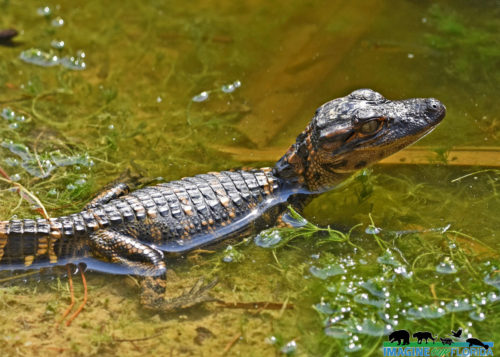
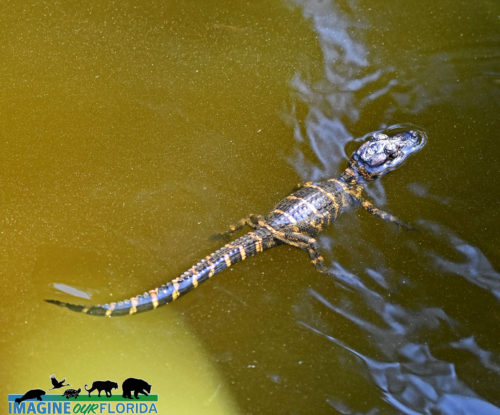
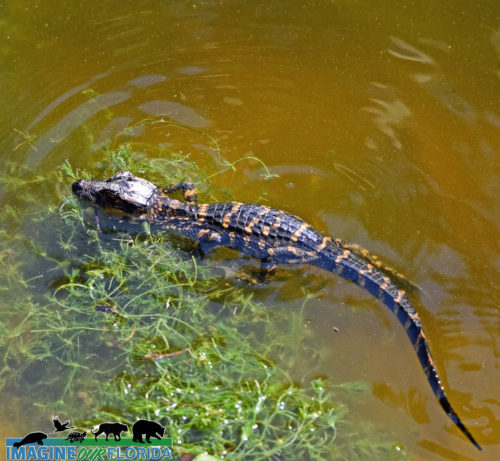
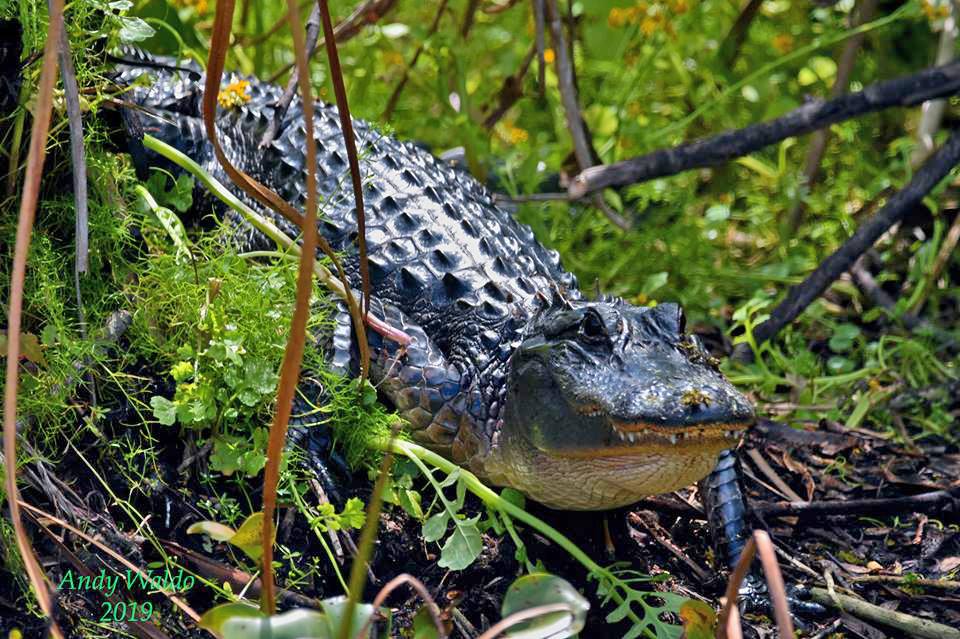
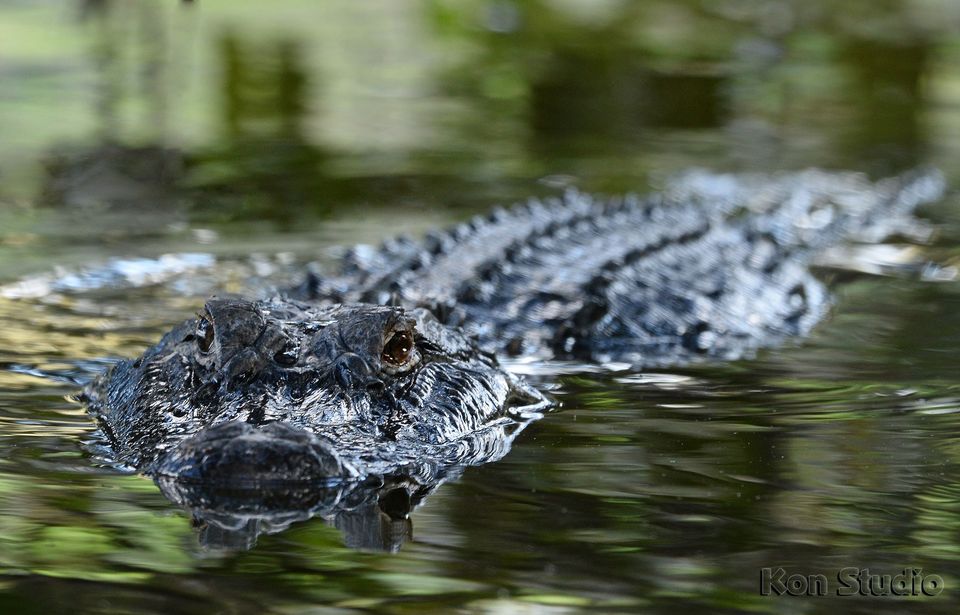
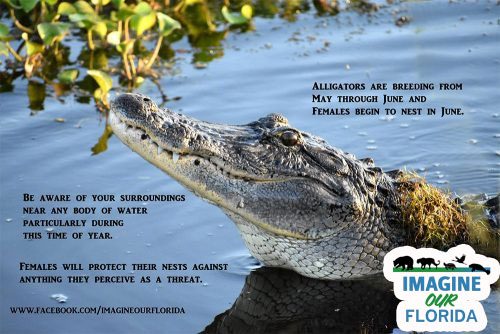
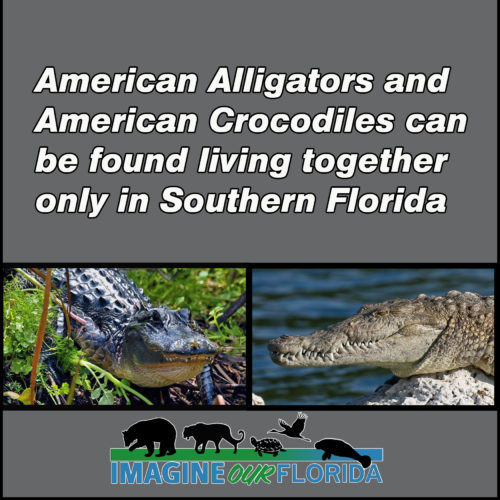
Like this:
Like Loading...

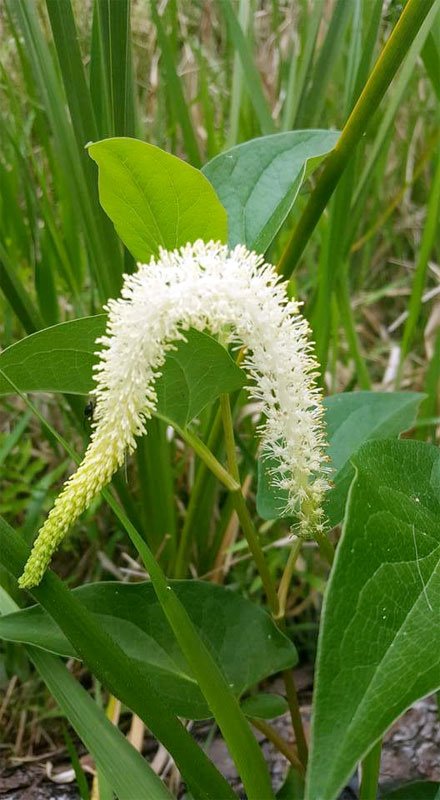



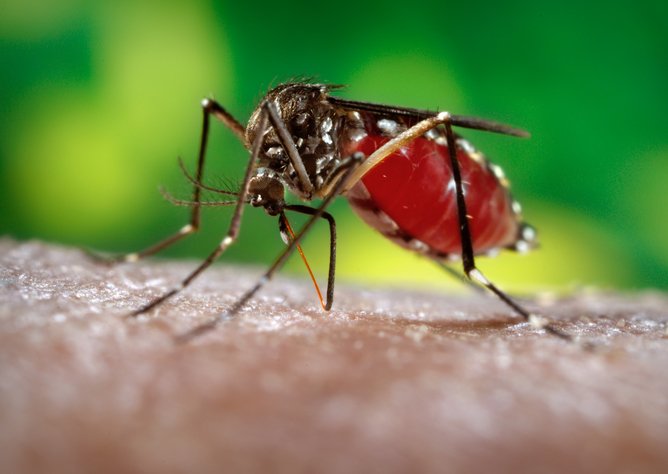
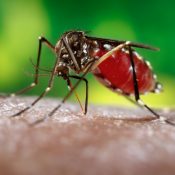




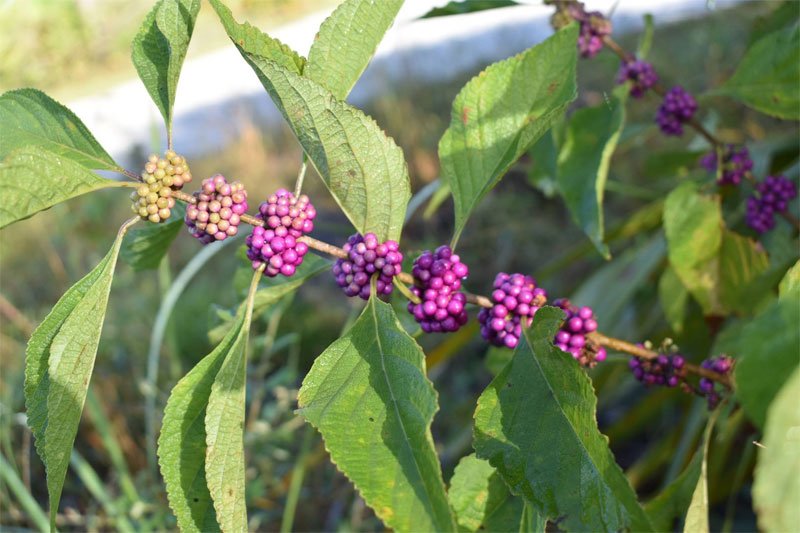


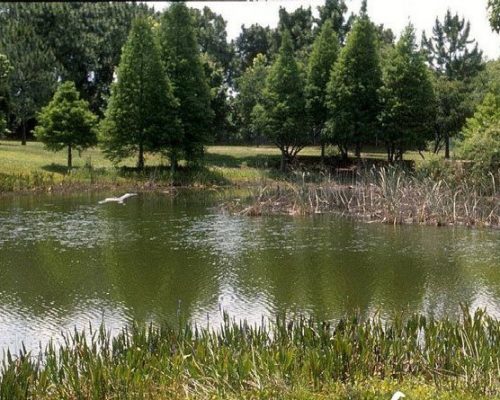







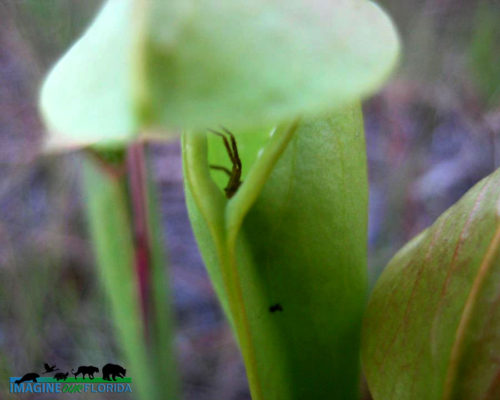

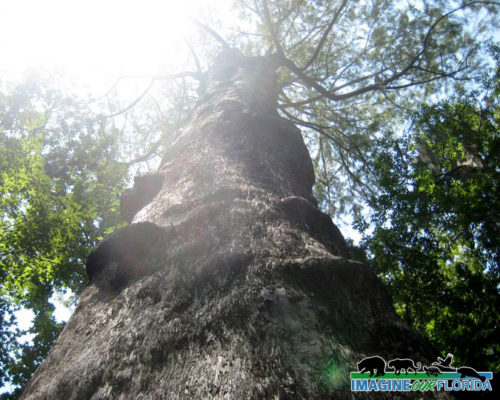


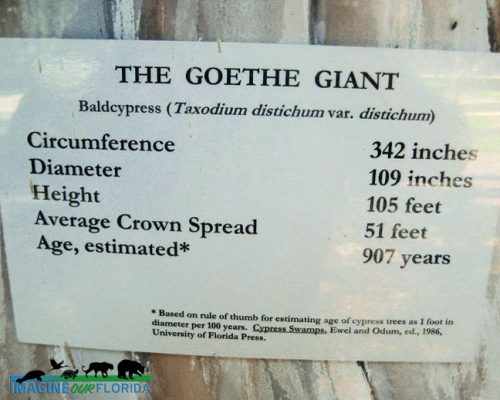






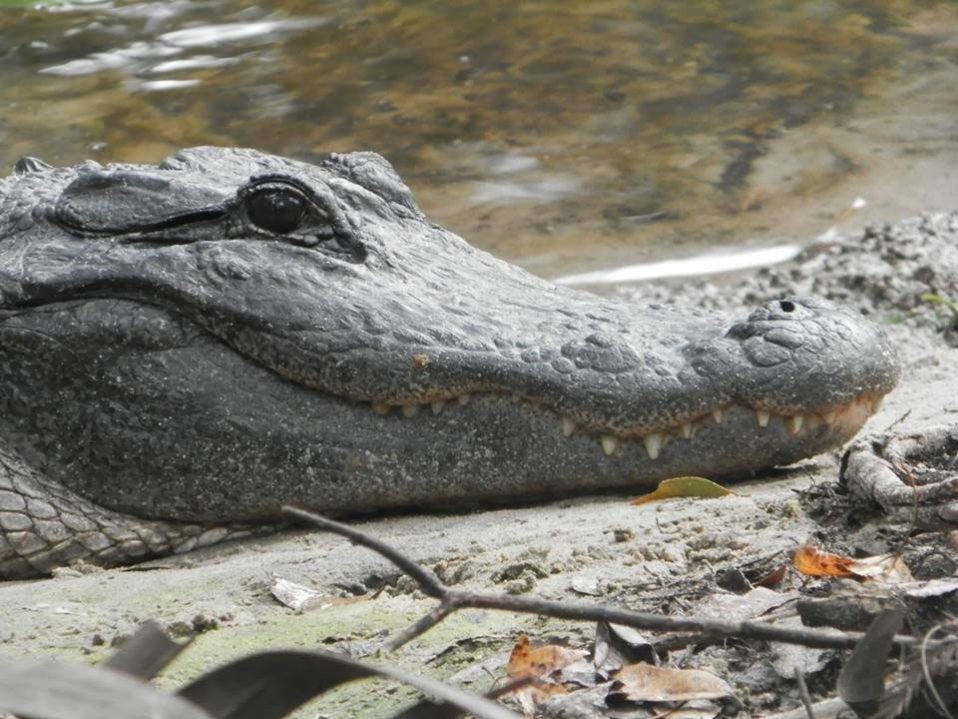







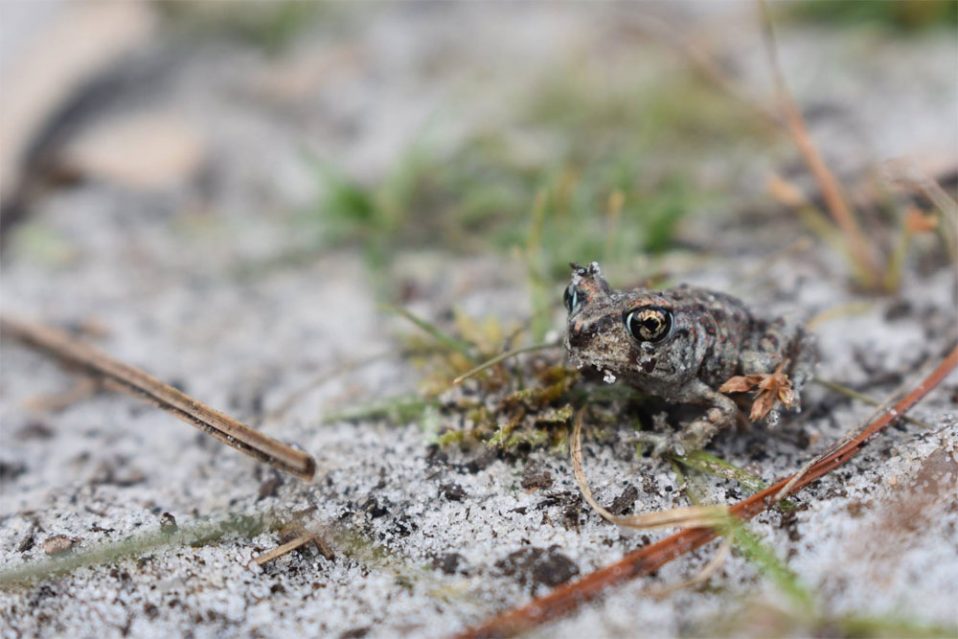
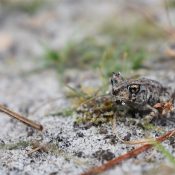
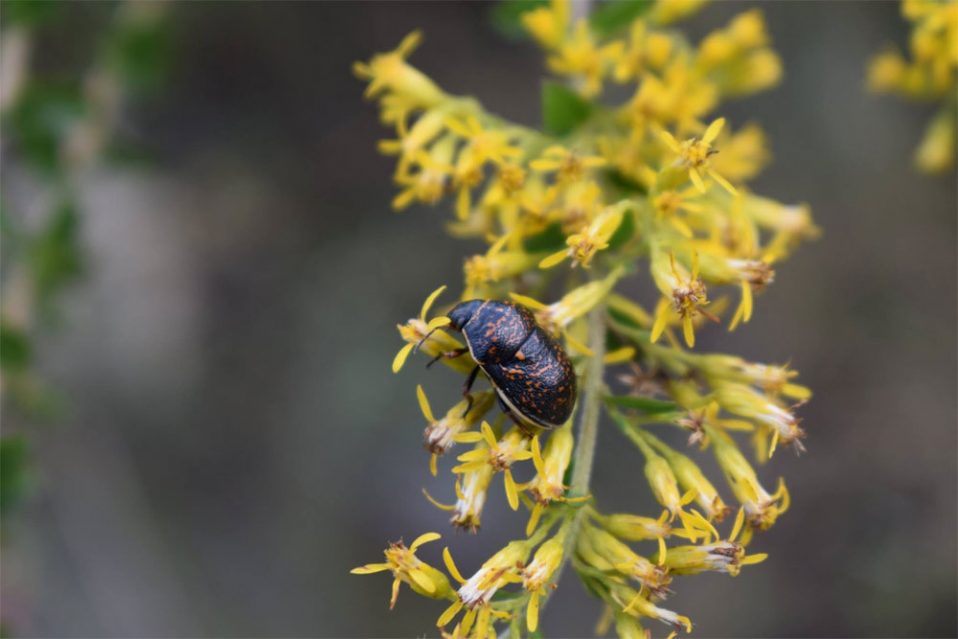

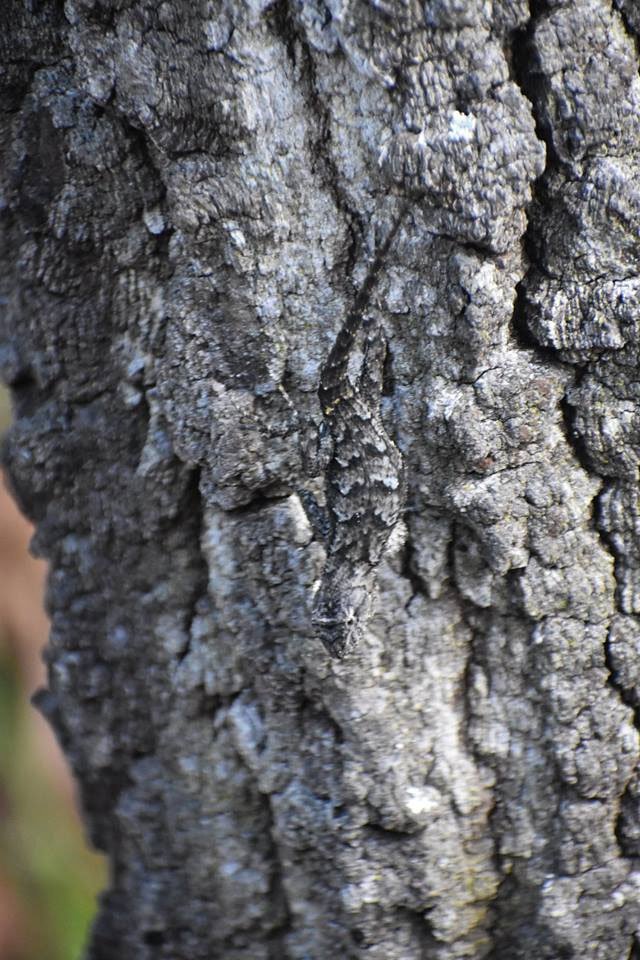
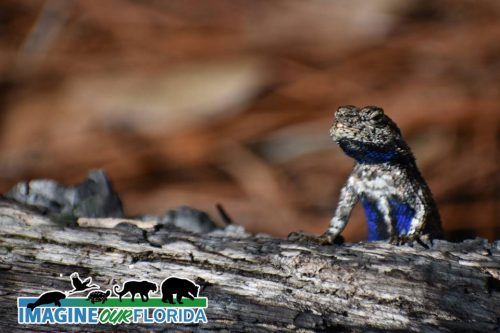
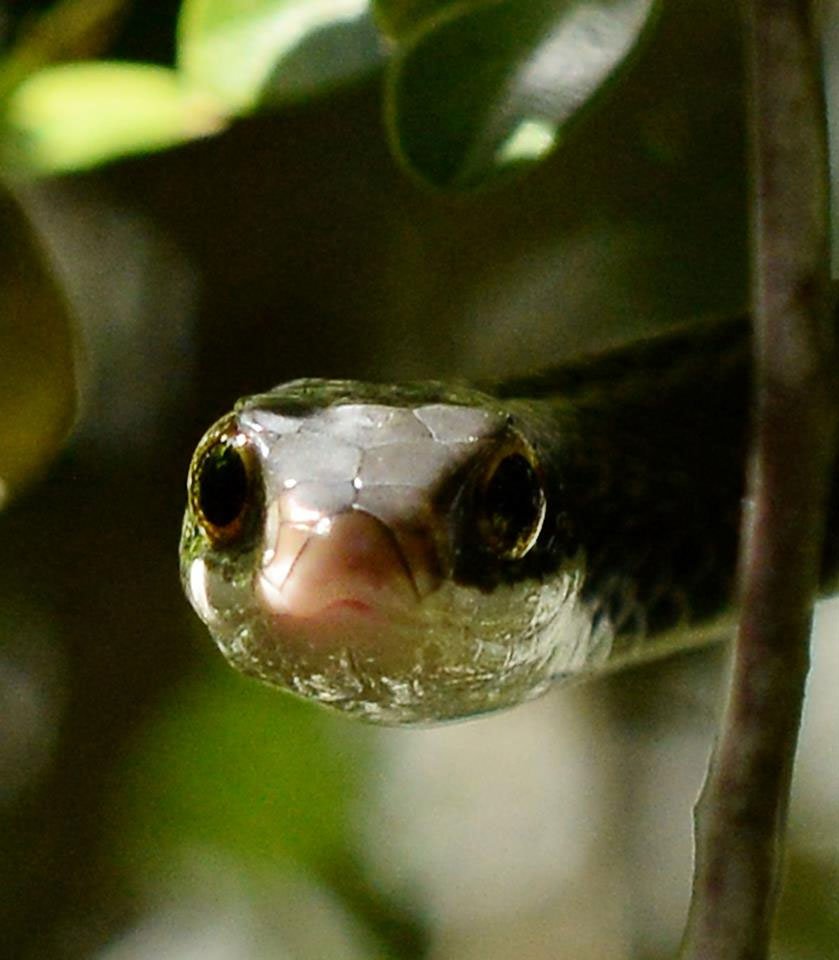
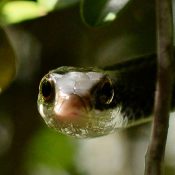
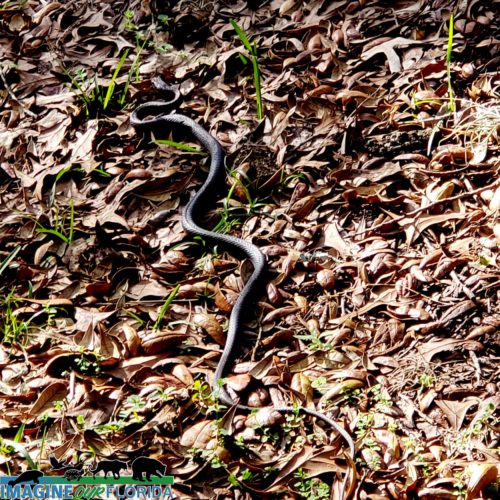
Recent Comments